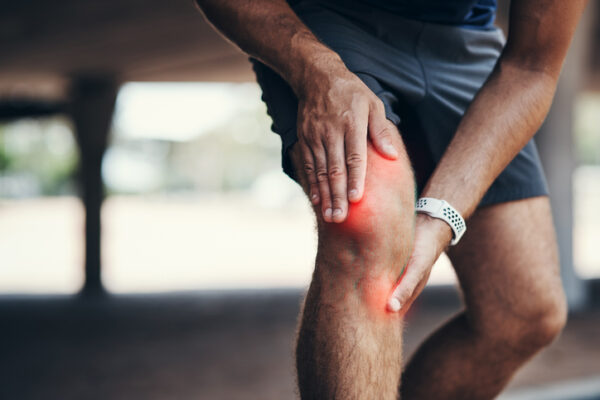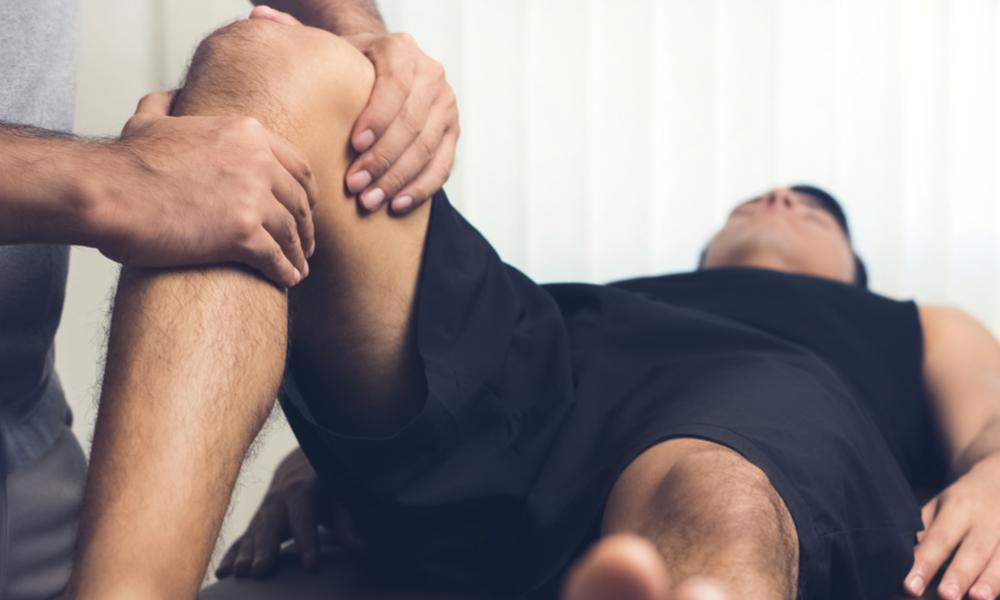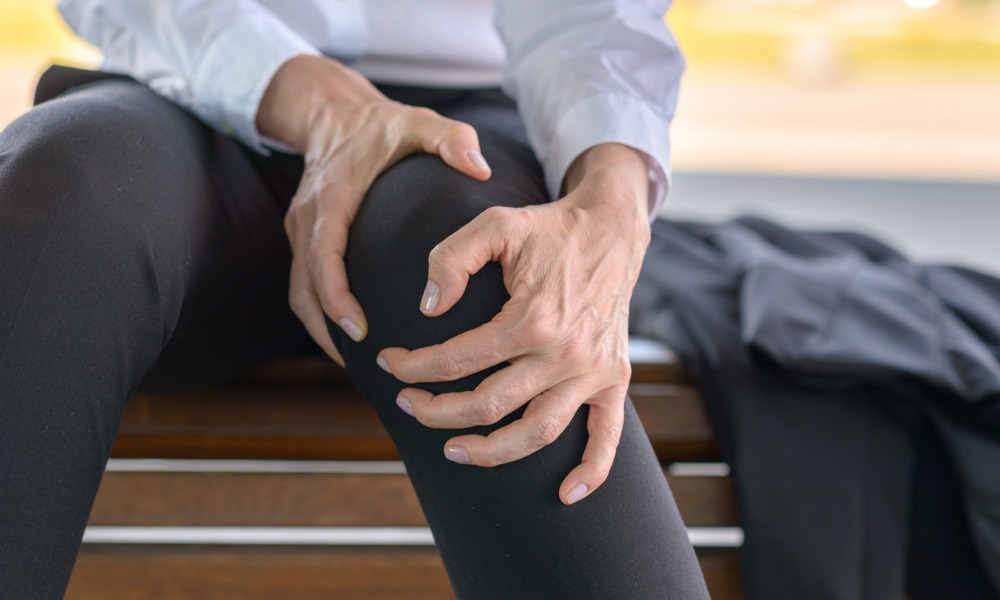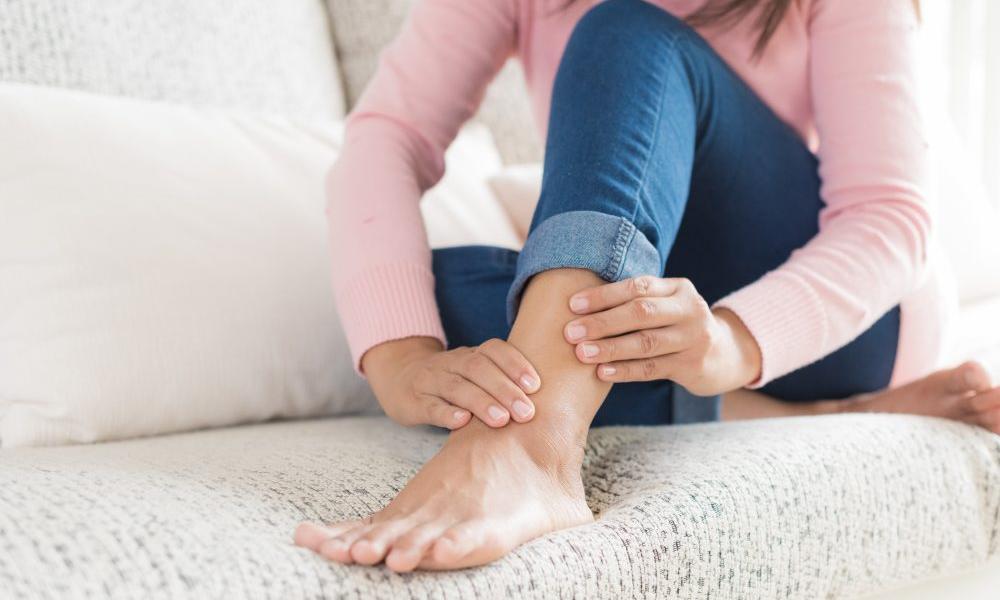Living with joint pain can be exhausting, and for many in the US, where busy lifestyles and sedentary routines often dominate, this issue feels like an unavoidable part of daily life. But the truth is, small, consistent changes to how you move, eat, and manage stress can have a big impact on reducing joint pain over time. You don’t need a complete lifestyle overhaul to feel better, just a few intentional adjustments.
Eating for Healthy Joints
What you eat can either fuel inflammation or help fight it. Joint pain, especially from conditions like arthritis, often worsens due to inflammation in the body. A diet rich in anti-inflammatory foods is a small change that yields significant benefits.
- Focus on Omega-3 Fatty Acids: Fatty fish like salmon, mackerel, or sardines are rich in omega-3s, which help reduce inflammation.
- Add Colorful Veggies and Fruits: Leafy greens, berries, and oranges are packed with antioxidants and vitamins like Vitamin C, which aids in collagen production for healthy joints.
- Avoid Processed Foods: Sugary snacks, white bread, and fried foods can trigger inflammation, making pain worse over time.
These small tweaks to your diet are not just good for your joints but your overall health, allowing you to feel more energized and less stiff.
Keep Moving (The Right Way)
When it comes to joint pain, movement is medicine—but only if done wisely. Many in the US struggle to balance exercise with desk jobs, but including joint-friendly activities doesn’t require hours at the gym.
- Low-Impact Exercises Are Key: Swimming, cycling, or yoga are great options that strengthen muscles around your joints without causing trauma.
- Stretch It Out: Regular stretching keeps your joints limber and improves your range of motion, reducing stiffness.
- Strength Training Matters: Building stronger muscles supports the joints and helps prevent aches from daily wear and tear.
Start small with a few stretches in the morning or a quick walk after dinner; these consistent moves can create lasting relief.
Watch Your Posture
How you sit, stand, and even sleep can contribute to joint pain over time. Americans who spend hours a day at a desk often experience shoulder, back, and knee pain, all tied to poor posture.
- Use Ergonomic Furniture: Adjust your chair, desk, or keyboard to ensure proper alignment. Keeping your knees at a 90-degree angle and your screen at eye level can reduce strain.
- Strengthen Core Muscles: A stronger core supports better posture naturally. Start with light exercises like planks or seated twists.
- Be Mindful at Rest: Even your sleeping posture matters. Support your joints by using firm, well-padded mattresses or adding a pillow under your knees when you lie down.
Something as simple as correcting how you sit during work can go a long way in easing joint pain.

Stress Management Matters
Joint pain isn’t just physical; stress exacerbates inflammation and can make discomfort worse. Finding ways to reduce stress will not only help your joints but also improve your quality of life overall.
- Try Mindfulness or Meditation: Just five minutes a day of deep breathing can lower cortisol levels, which are linked to inflammation.
- Engage in Activities You Enjoy: Whether it’s gardening or going for a short walk, doing things you love helps lower stress naturally.
- Sleep Well: Lack of sleep is another trigger for increased inflammation. Aim for 7–8 hours of quality rest each night for joint recovery.
Taking time to relax may feel indulgent, but it’s a critical component of long-term joint health.
Conclusion
Transforming joint health doesn’t have to be overwhelming. Start with one small change, like swapping out sugary snacks for a handful of nuts or taking a 15-minute walk to ease stiffness. Over time, these seemingly minor habits stack up, leaving you with stronger joints and less pain.




